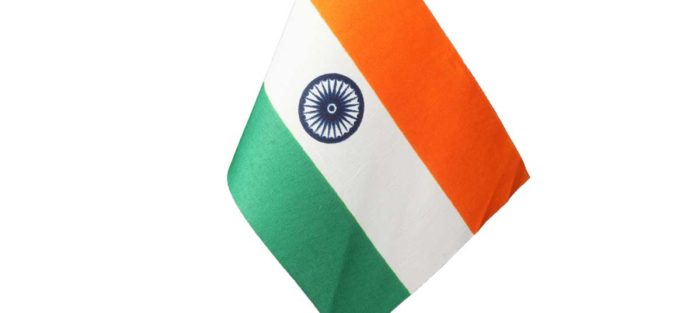2. Improve Infrastructure: Indian companies — on an average — lose 30 days in obtaining an electricity connection, 15 days in clearing exports through customs, and lose 7% of the value of their sales due to power outages.
3. Raise Basic Educational Quality: The distribution of government funds is major hindrance to the education system
4. Women Empowerment: The cultural norms in India
5. Poverty and Population Explosion: malnutrition, unemployment, homelessness and several others too and traditional fatalistic attitude imbibed in them.
15. Inefficient government bureaucracy: discontent within the business community remains high about the lack of reforms and the perceived inability of the government to push them through.
16. Policy instability: public trust in politicians has been weakening
17. Tax regulations: The country’s supply of transport, ICT and energy infrastructure remains largely insufficient and ill-adapted to the needs of the economy
18. Restrictive labour regulations: number of strengths in the more advanced and complex drivers of competitiveness.
19. Inadequately educated workforce : ‘reversed’ pattern of development
20. Insufficient capacity to innovate: insufficient of fund and not updated education system
21. Crime and theft: India is not providing access to some basic services to many of its citizens
22. Foreign currency regulations:employment of much of the population is also vulnerable, which – combined with weak official social safety nets – makes the country vulnerable to economic shocks.
23. National Security : lack of improvement in defence technologies
24. Relationships: Influx of refugees in northeast, srilankan tamil issues, border problem with Pak and china.
25. Apathy of honest and educated people towards politics: because when honest and capable people do not join politics, the worst occupy the political power
26. HIGH INFLATION RATES: Fueled by rising wages, property prices and food prices inflation in India is an increasing problem
27. Valuing the wrong things: Society values how much you earn over what you really do. People often choose careers based on how much money they can make, over what they would love to do.
28. Prevalence of the Chalta Hai attitude: lack of teaching, understanding and low IQ.
29. Regional Concentration: Most of the industries are located in and around metropolitan cities like Mumbai, Kolkata, Delhi etc. Tables 18.1 and 18.11 present uneven concentration of industries.
30. Loss in Public Sector Industries: due to defective policy of the government characterised by redtops and inefficiency and strained labour-management relations most of these public sector enterprises are running in loss.
31. Industrial Sickness: deficient management, (ii) under-utilisation of capacity due to shortage of raw materials, coal and power and transport, (iii) obsolete machinery, equipment and production techniques, (iv) uneconomical scale of production, (v) faulty choice of products and processes, (vi) difficulties in selling the products, (vii) diversion of funds to new units under same ownership, and (viii) conflict between different interest groups among the owners.
32. License policy: ministers and influential political leaders are pressurising industrialists to install industries in their electoral area so as to approve their licenses.
33. Unbalanced Industrial Structure: India is still dependent on foreign imports for transport equipments, machineries (electrical and non-electrical), iron and steel, paper, chemicals and fertilisers, plastic material etc.
34. Speculative banking: an ethical component involved in these too-risky investments that is being ignored and excessively speculative investments and irresponsible credit lending practices
35. Financing arms manufacturing and trade: concerned with excesses and human rights violations involved in this activity and referring to indiscriminately destructive, overly-damaging weapons and their manufacturers and distributors.
36. Financing, donations, and sponsorships contrary to the good of the family: we prefer to keep our investments, and recommendations for our clients’ investments away from companies promoting non-family friendly causes and activism and We prefer not to generate our wealth from investing in companies that opt for financing, promoting, and supporting entities and organizations that do not share our view on family and family values as the cornerstones of society, peace and harmony.
37. Transportations : no stability in policy relating to highway/railway development in the country & shortage of funds for the construction and maintenance of roads/railway.
38. Agriculture: Soil and Water Conservation including Land Reclamation, Rainfed Farming – major crops, Animal Husbandry and Expenditure Finance Committee Memos relating to Central Plan schemes
39. Indian real estate market: low demand and oversupply in both residential and commercial segments.
40. Improve Governance: decentralizing provision of public services, the government can unbundle responsibilities across tiers of the government to create checks and balances.
41. Disaster Management: unidentified of thrust areas that need specific attention and follow up action,


Leave a Reply